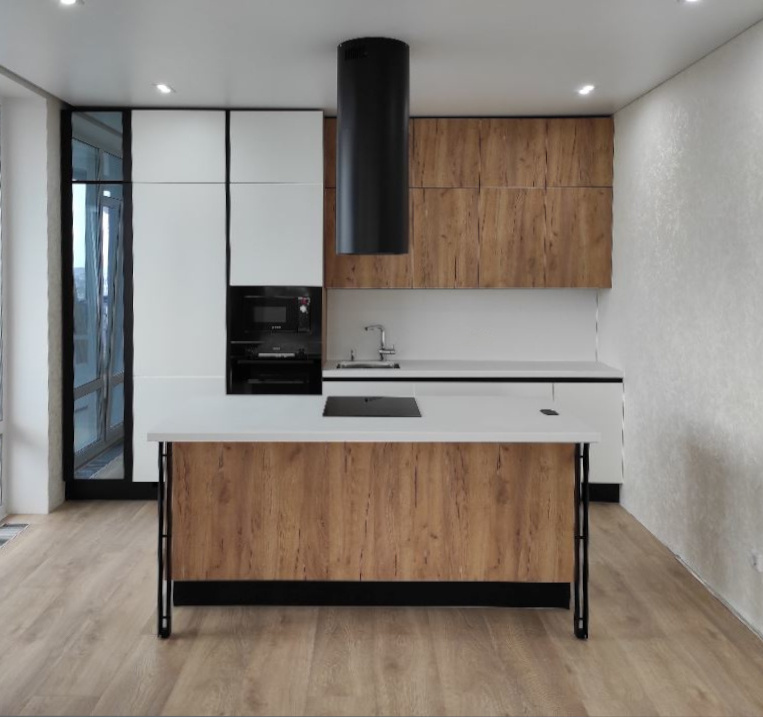
The Rise of Transformative Culinary Design
In the ever-evolving world of haute cuisine, transformative culinary design stands out as an exhilarating trend that goes beyond plating aesthetics to reshape how we experience food. This innovative approach intertwines gastronomy with artistic expression, technology, and a strong emphasis on sustainability, resulting in dining experiences that are interactive, personalized, and conscious of global impacts.
Embracing Technology in the Kitchen
Modern chefs are increasingly incorporating cutting-edge technologies into the creation of dishes. Techniques like 3D printing, laser engraving, and molecular gastronomy are redefining the boundaries of what can be achieved in the kitchen. These advancements allow for unprecedented precision and consistency in culinary creations, as well as the exploration of new textures and flavors that were once thought impossible. As this trend continues to flourish, diners can expect to encounter dishes that are as technologically derived as they are tastefully crafted.
Edible Artistry and Sensory Engagement
Culinary design is not just about how a dish looks; it is also about the overall sensory experience. Chefs and food designers are leveraging textures, colors, and even scents to craft meals that are as visually appealing as they are delicious. Interactive presentations such as color-changing desserts, aroma-infused dishes, and reactive garnishes are transforming the act of dining into a multisensory experience. Through this, they engage more than just taste; they create an immersive experience that delights the eyes, nose, and fingertips as well as the palate.
Customization and Personalization
As consumers increasingly seek unique and personalized experiences, chefs are responding with customized dining journeys tailored to individual preferences and dietary needs. Personalized menus that take into account allergies, intolerances, and specific taste profiles create intimate connections between chefs and diners, making each meal a unique narrative. This level of customization is made possible by innovations in data collection and real-time feedback mechanisms within the dining experience.
Sustainability and Conscious Eating
Transcending the purely aesthetic, the transformative culinary design is deeply rooted in ethical considerations. Sustainability drives many chefs to reconsider where they source their ingredients, how they minimize waste, and the overall environmental footprint of their cuisine. Menus are increasingly featuring locally sourced, seasonal produce, ethically harvested proteins, and foraged ingredients. In this way, restaurants are not just places to eat; they are platforms for teaching and practicing ecological stewardship through the stories told by their dishes.
Interactive Dining Experiences
The boundary between chef and diner is blurring, with more interactive and participatory dining experiences coming to the forefront. This includes chef's table experiences where diners are invited into the kitchen, cooking alongside the chef, or engaging in the storytelling of products and techniques. Additionally, augmented reality (AR) and virtual reality (VR) applications in dining are creating otherworldly experiences where the environment changes as you eat, thus redefining the concept of 'dinner and a show.'
In conclusion, transformative culinary design trends are revolutionizing dining as an art form, making every meal an adventure and an opportunity to engage with food in entirely new ways. These trends acknowledge the creative potential of culinary arts and respect for the planet, promising a future where eating is an act of both personal indulgence and global consciousness.